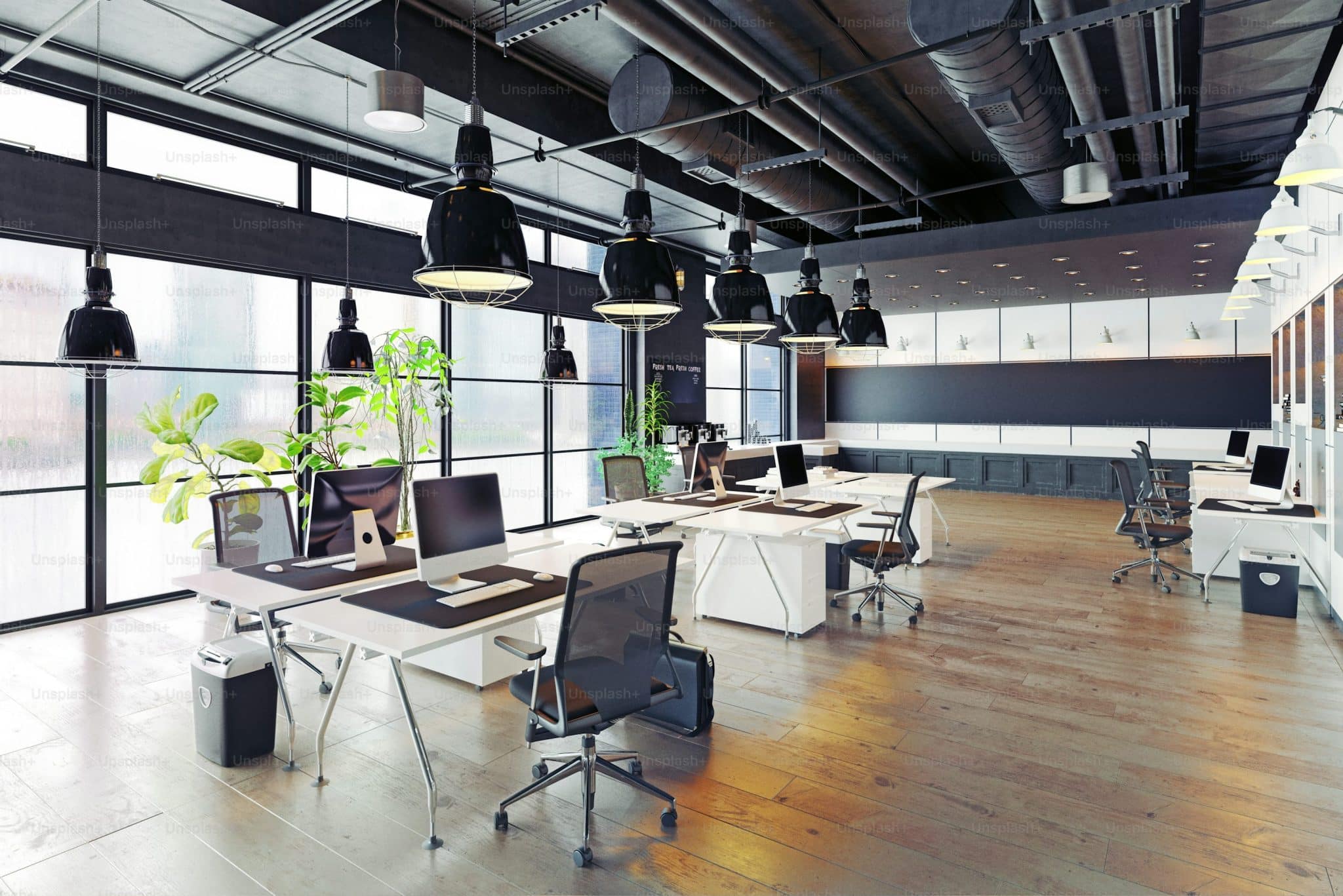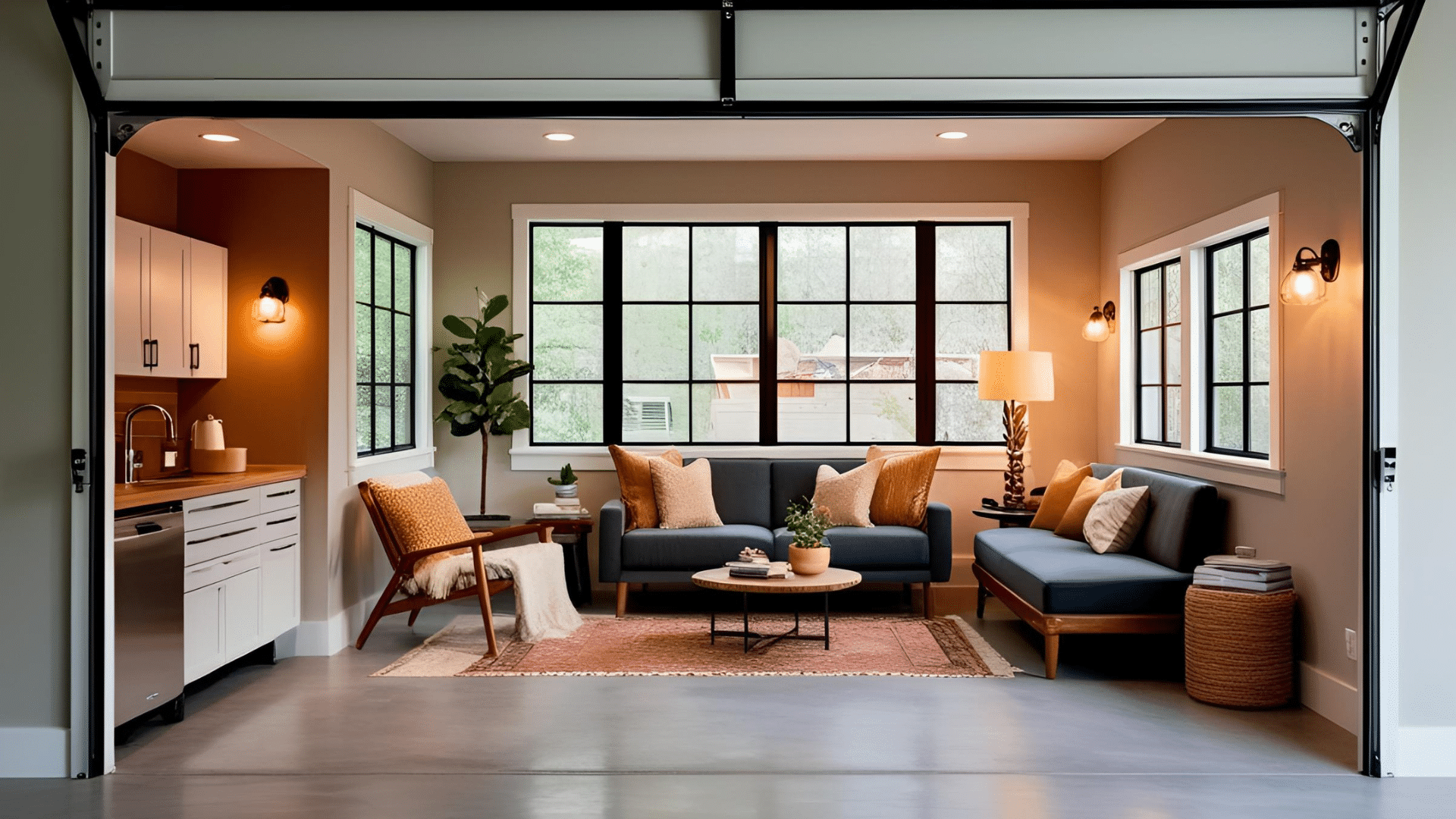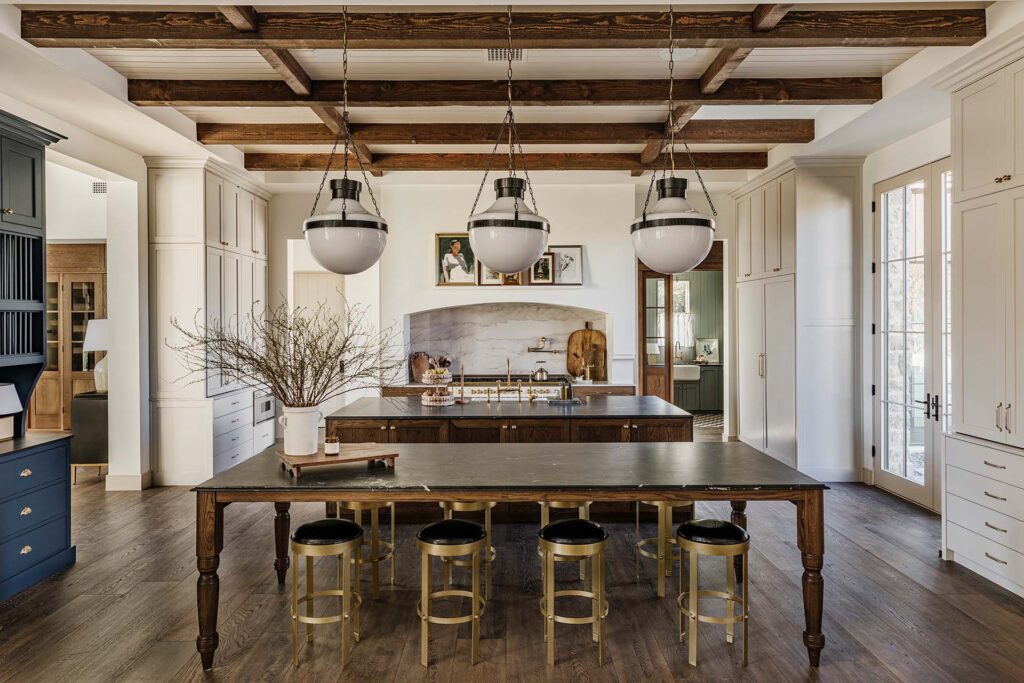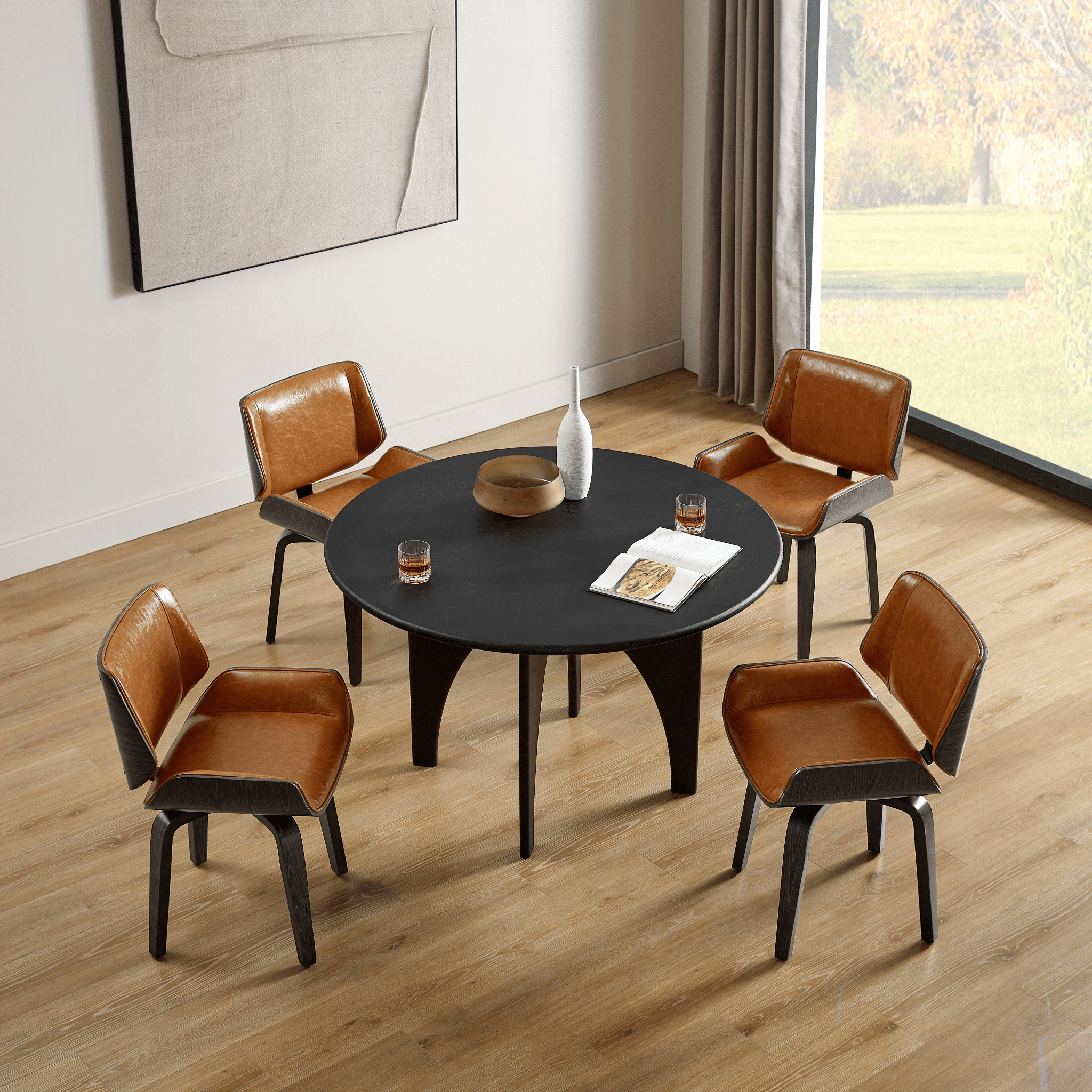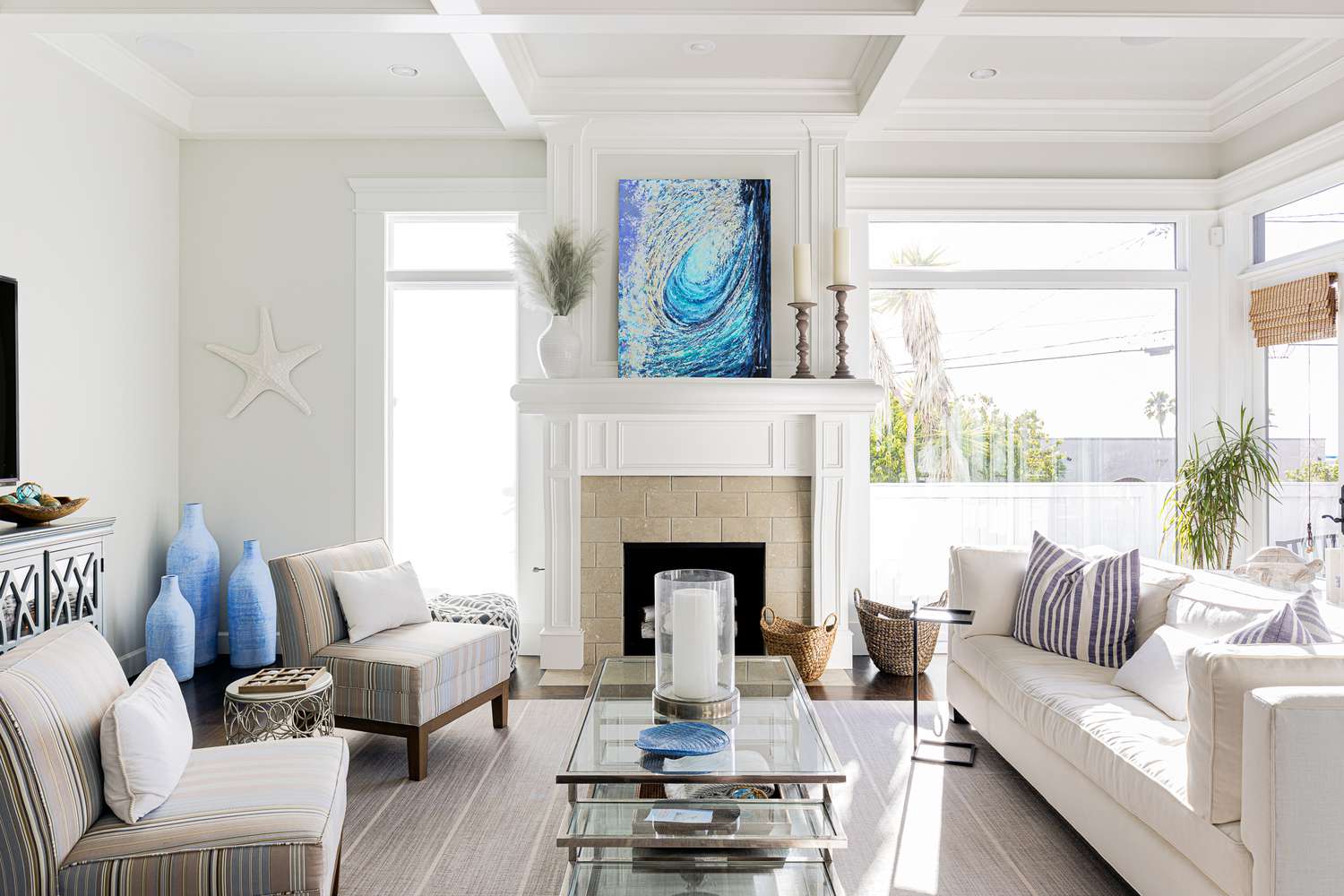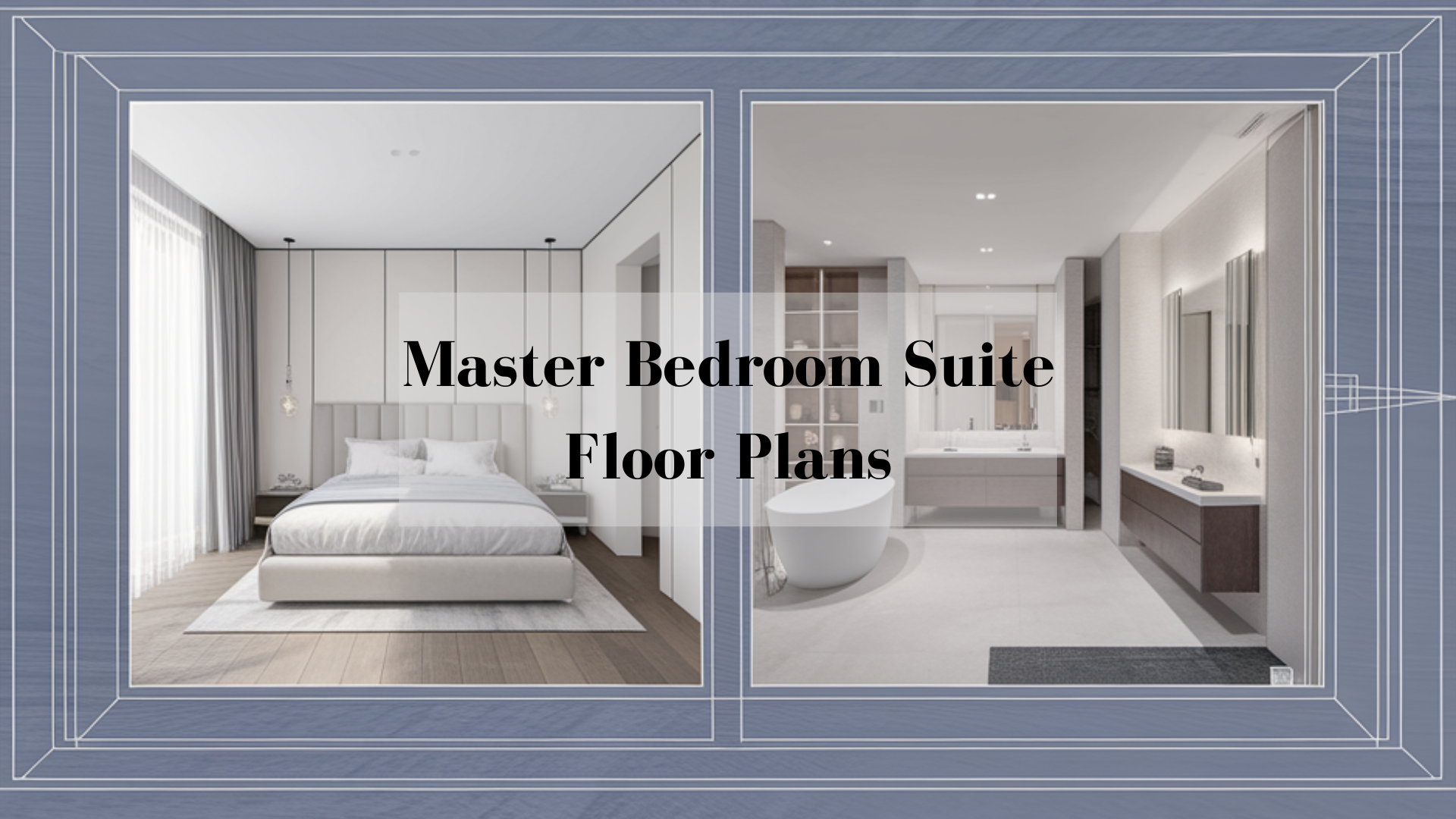Impact of Office Space Design on Employee Well-being and Productivity
The relationship between office space design and employee well-being has developed a lot more importance in today’s competitive business milieu. A well-designed workplace is much more than just space for the employees to carry out their tasks.
It deeply impacts their mental health, motivation, and productivity levels in general. In the last couple of years, companies started to realize that comfort, creativity, and concentration should be part of the work environment. Thus, it turned around the world of office space structure and usage.
The Psychological and Physical Aspects of Office Design
1. Natural Light
One of the most powerful drivers in workplace design involves the use of lighting, particularly natural lighting. Several studies have shown that exposure to natural light enhances mood, raises focus, and diminishes eye strain. Workers who work in well-lit areas are not only happy but also more productive.
This helps regulate circadian rhythms, in that employees are less tired throughout the day. It also contributes to healthier sleep patterns, helping protect against long-term mental illness. Large windowed office space with open floors and access to natural daylight create a healthier working environment.
2. Ergonomics and Physical Comfort
When your employees are comfortable, then they can pay more attention to their work and yield quality results. Ergonomics plays a very important role in the design of office furniture, its configuration, and other physical aspects in their support for the physical wellbeing of the employees.
Bad sitting posture, uncomfortable chairs, or the wrong desk settings lead to fatigue, physical discomfort, and long-term health problems. All these things make workers less productive.
Proper ergonomic design allows workers to sit for long hours without bodily discomfort. Adjustable chairs, sit-stand desks, and correctly placed computer monitors reduce the physical stress of employees and further increase work productivity.
3. Collaboration vs. Privacy:
Balancing Open office layouts have become increasingly popular since these spaces offer a great avenue to inspire collaboration and communication between employees. These areas spur unscheduled brainstorming sessions, improve camaraderie among employees, and make access to employee ideas easier.
On the other hand, open layouts can easily become distracting, even to an extent which generates noise pollution levels considered to actually reduce productivity when performing tasks requiring deep focus. Otherwise said, a balance between open space and privacy is one such necessary factor that could allow employees to work either in an open space or a private one, according to their needs at any given moment in time.
4. Biophilic Design: Bringing Nature Indoors:
It has been found that biophilic design, which incorporates elements from nature-plants, wood features, and water-into office design, reduces stress, boosts creativity, and heightens cognitive function. These characteristics have a calming effect on workers, who feel serene and connected with their environment.
They purify the air and reduce noise levels, making the environment more conducive. Plants, especially, lend greenery to office spaces, thereby contributing to the well-being of employees and helping them be a happier, more productive lot.
5. Flexible Spaces for a Flexible Workforce:
We can say that flexibility is the name of the game in modern workspaces. Gone are those days when any employee was expected to sit and grind at a desk for eight hours on stretch. Nowadays, more and more companies are embracing a flexible approach towards workspaces wherein employees can move around in different zones through their day according to what kind of task they are working on.
- Hot desking and shared workspaces: Depending on the nature of a particular task, different desks can be used so as not to make their seating monotonous to interact.
- Breakout zones: These are spaces designed to provide casual breakout spaces for staff to take some time out or even use for brainstorming or impromptu meetings
- Quiet zones: These are quiet areas employees would like to concentrate or carry out activities in focused states.
Technology in Today’s Office Spaces:
Technology has turned a corner in shaping the modern workplace, especially in terms of how employees communicate and fulfill their tasks. Office space integrated with technology can therefore make operations more efficient by streamlining workflows. Most offices today already have high-speed internet, video conferencing tools, smartboards, and other tech-driven amenities.
Also, working from home has picked up pace, and offices must be technologically equipped to handle flexible work. It can be in the form of video conferencing facilities, plug-and-play desks, and reliable high-speed internet.
Wellness Culture:
It’s about more than just looking good and serving its purpose; it’s about culture and wellbeing, ensuring your employees feel valued, supported, and able to execute the best work possible. Wellness rooms, pantries or mindfulness areas are great features that allow workers to restore themselves both mentally and physically during the day.
Also, organizations now consider facilitating mental health through infrastructure designs that reduce stress and anxiety. Creation of quiet rooms or standing desks is a simple step that will make all the difference to the employees.
Conclusion
Gone are the days when office designs used to be just a place to work. Today, it is an important feature that speaks volumes about the well-being and productivity of the employees. Be it natural lighting, furniture, or flexible space, a well-thought-of office design can highly affect the feelings and performance of employees.

